1. Arrival in the Old Port City
The train glided into Salerno in the late morning, its windows opening onto a blur of sea and stone. I stepped out with the scent of the Tyrrhenian breeze wrapping around me—salt, citrus, old bricks warmed by the sun. The station wasn’t particularly grand, but it didn’t need to be. A short walk west, and the Corso Vittorio Emanuele stretched wide, flanked by elegant 19th-century buildings. Beyond that, the old town waited like a coiled labyrinth.
With a small carry-on in one hand and a loose itinerary in the other, I started walking. The stones underfoot gleamed faintly, worn smooth by centuries. I wasn’t in a rush. The morning was for the sea, the afternoon for wandering, and the evening—always—for pasta.
2. First Taste: Spaghetteria Fra Diavolo
I didn’t find Fra Diavolo on a list or in a guide. It appeared on a corner, near a pharmacy with peeling green shutters and a fruit stand shaded by a linen tarp. The smell was what pulled me in—garlic, tomatoes so ripe they had collapsed under their own weight, and the herbal heat of something barely held back.
The inside was modest. Bright tiles, wooden chairs with scuffed legs, menus handwritten and photocopied. The waiter spoke quickly in a Salernitano dialect, but we managed to agree on “spaghetti all’arrabbiata.” When it arrived, the plate was a simple affair—no garnish, no fuss. Just a mound of spaghetti dressed in a crimson sauce that shimmered with olive oil and glowed faintly red with dried peperoncino.
The first bite was like a handshake from the South—warm, firm, and just a bit bracing. The heat didn’t overpower. It rose slowly, blooming across the tongue, balanced by the sweetness of the tomatoes and the unmistakable depth of garlic that had been browned to the edge of bitterness.
The pasta was cooked past the chalky core but stopped before it softened too much. I cleaned the plate with a crust of bread. The waiter brought over a limoncello without asking. I sat there a long while, watching the midday sun spill across the floor.
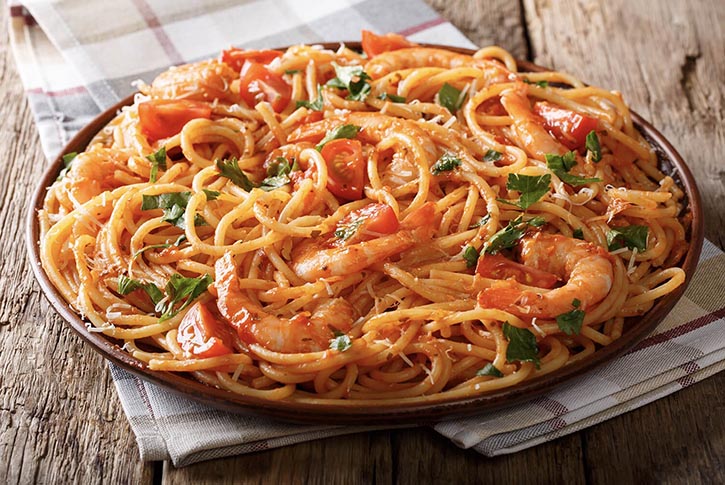
3. Exploring the Centro Storico Between Plates
The old quarter is tightly wound. Buildings lean in over the cobbled alleys, shutters thrown wide even in the cooler months. There’s an honesty to it that isn’t curated—laundry lines sag above winding staircases, and cats lounge in doorways beside ancient votive altars.
Walking between meals, I found myself circling back through Via dei Mercanti more than once. It coils through the heart of the old town, lined with bakeries and antique shops. Some walls are scarred with traces of WWII, others with graffiti. But look up, and you’ll see painted ceilings in the porticoes, tiny frescos tucked into arches. There is no museum silence here—only life.
The walking is necessary. Appetite in Salerno builds not through hunger, but through memory. After one plate, the next calls faintly from a trattoria down the hill or a ristorante with views of the Duomo’s bell tower.
4. Pasta Lab at Vicolo della Neve
I had read about Vicolo della Neve before arriving, but no write-up had captured the theatre of it. Tucked beneath an arched passageway, it looks like it might sell umbrellas or old books, not fresh pasta. Inside, a long counter runs across the room. Behind it, two women in aprons the color of espresso worked quickly, cutting and shaping pasta with a rhythm that spoke of decades, not months.
There’s no printed menu here. One of the women explained the daily offerings, which that day included fusilli fatti a mano—hand-twisted pasta made with nothing more than flour, water, and a little salt. I paired it with ragù di cinghiale, a wild boar sauce that simmered for six hours, according to the quiet man behind the stove.
The fusilli were unlike anything I’d had before. Their spiraled shape wasn’t factory-perfect but imperfectly beautiful, each groove clinging to the ragù like it had been designed solely for it. The sauce was earthy, slightly gamy, and deeply comforting. No garnish. No foam. No explanation needed.
The room filled slowly, mostly locals on their lunch breaks. Conversations echoed off the tiled walls, laughter mixing with the occasional clang of a pot. I sat in the corner, watching, eating slowly, not wanting the moment to end.
5. Coastal View, Coastal Flavor: Il Gozzo
Dinner that evening was at Il Gozzo, near the Lungomare. The walk there was long on purpose, winding down from the old quarter toward the seaside promenade. Families strolled with gelato, older couples sat on benches watching boats trace lines across the horizon. I arrived at Il Gozzo just as the sky turned pink.
The view alone could have carried the experience. But it didn’t need to. The menu leaned heavily on seafood, and I settled on scialatielli ai frutti di mare. Scialatielli, as I learned, is a pasta local to the Amalfi Coast—a kind of short, thick ribbon with a rough surface, perfect for grabbing sauce.
The frutti di mare came in waves: mussels, clams, calamari, and shrimp, all nestled in a light tomato base scented with white wine and parsley. The scialatielli had a bite that bordered on chewy, in the best way, holding the brine and the tang of the sea in each strand.
There was a bottle of Falanghina from a nearby vineyard. Crisp, pale, and mineral, it sliced clean through the oceanic richness. Dessert was offered, but I chose instead to walk again, the sea air tasting faintly of anchovy and citrus.
6. A Pause in Minerva’s Garden
The next morning brought a visit to the Giardino della Minerva, a terraced botanical garden dating back to the 14th century. It isn’t far from the center, but the climb is steep. The path curves through medieval alleyways, steps rising between stone houses where ivy coils around windowsills.
The garden itself is quiet, perfumed with lemon blossoms and rosemary. Medicinal herbs grow in neat rows, each labeled with its ancient use. From the top, the view of Salerno is startling—red-tiled roofs, the curve of the coast, the bell tower of the cathedral rising from the maze below.
There’s a tiny café in the garden, and I had a chamomile infusion there, seated beneath an arbor. No pasta, but the pause was needed. Hunger returned slowly, fully formed.
7. Trattoria Pesto: The Unexpected Hero
In the afternoon, I stumbled across a place that didn’t look like it belonged on any list—Trattoria Pesto. It sat at the corner of two narrow lanes, with plastic chairs and laminated menus. But the name caught me. Pesto. In Campania?
Curiosity won. I sat near the doorway. The waiter suggested trofie al pesto di pistacchio. I hesitated. Then nodded.
When the plate came, I stared for a long time. The pistachio pesto was pale green, creamy, and studded with crumbled pancetta and flakes of aged caciocavallo. The trofie had the right twist, that tight coil that traps the sauce.
The flavor was surprising. Rich, nutty, slightly sweet from the pistachio, but grounded by the salty pancetta. It wasn’t Ligurian pesto—it was a southern reinterpretation, bold and unafraid.
I finished it too quickly. I asked for a second espresso and sat watching the alley twist out of view, the sun now falling low.
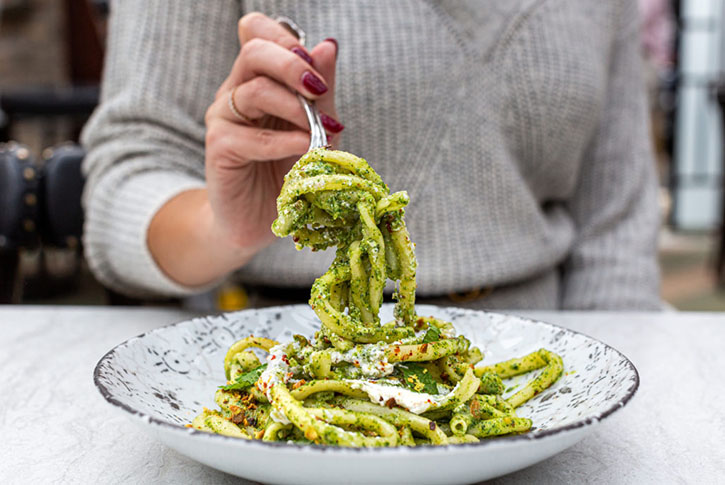
8. The Classic Touch: Ristorante Cicirinella
Dinner took me deeper into the old town, to Cicirinella, a place with white tablecloths and a candle at each table, the kind of restaurant where the wine is chosen for you and the bread arrives warm in a cloth-lined basket.
The dish I came for was tagliatelle al tartufo. No seafood this time. No bright sauces. Just house-made tagliatelle, barely wider than a thumb, with a truffle sauce that was more aroma than flavor. The pasta came steaming, flecked with black truffle and shimmering with butter and parmigiano.
The texture was flawless—tender with just the right elasticity. The truffle lingered not on the tongue, but in the nose, like perfume. Every bite was slower than the one before.
I stayed long after the meal ended. They brought a grappa, poured from a bottle with no label. The waiter said nothing, only nodded. Sometimes the silence of good service says more than any recited dish of the day.
9. Unlikely Places, Unforgettable Plates
There were other meals, of course. A lasagna al forno from a deli behind the Duomo, so dense and decadent it needed no introduction. A plate of gnocchi alla sorrentina in a back-alley spot with no name and no menu. Just gnocchi, bubbling in tomato and mozzarella, served in a baking dish with edges charred black.
One afternoon, I found a group of old men playing cards near a tiny Osteria. I sat nearby and ordered orecchiette with broccoli rabe and anchovies. The bitterness of the greens, the salt of the anchovy, the rough bite of the pasta—it was all there, no frills, no compromise.
The best meals in Salerno often arrived without ceremony. No one explained their grandmother’s recipe. No one spoke of heritage or sourcing. They simply served food cooked the way it had always been, because it had never stopped being good.
10. Beyond the Plate: The Ritual of Eating
Each meal came with its own rhythm. Pasta here isn’t consumed—it’s experienced. One sits, waits, tastes, and lingers. No one rushes, not even during lunch breaks. The act of eating pasta is a small ceremony, repeated daily, quietly sacred.
Salerno doesn’t market itself as a culinary capital. It doesn’t need to. The knowledge is in the hands of the cooks, the grandmothers who whisper corrections to their sons at the stove, the butchers who know the right cut for ragù, the fishmongers who know which squid were caught that morning.
The flavors aren’t reinvented—they are remembered. Each bite is a kind of continuity, an unbroken thread connecting today to something older, deeper.
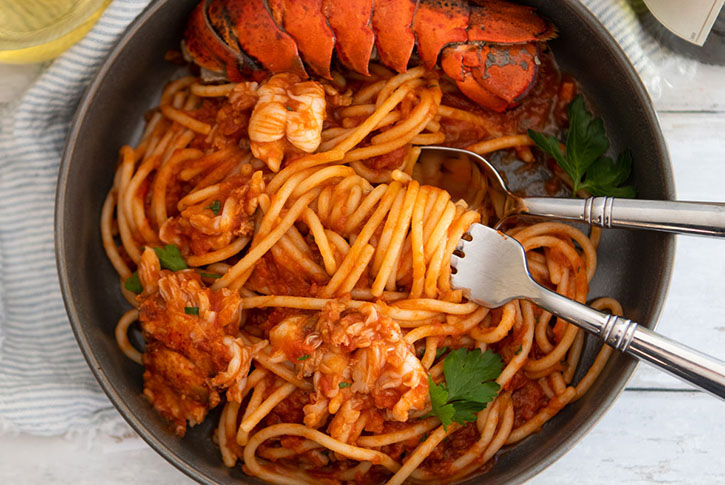
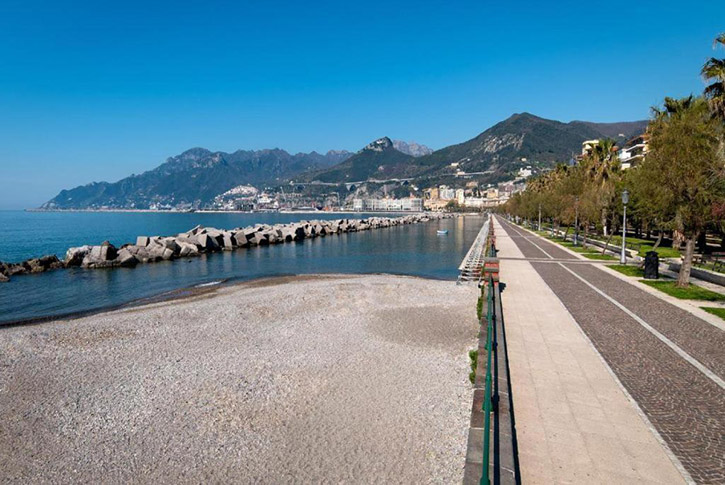
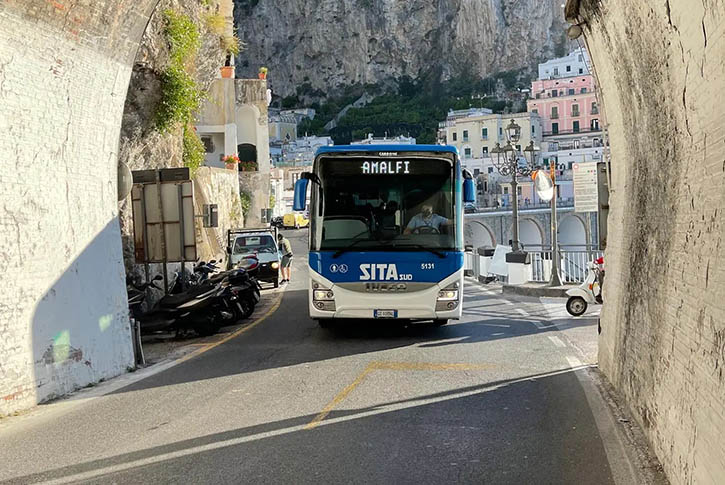
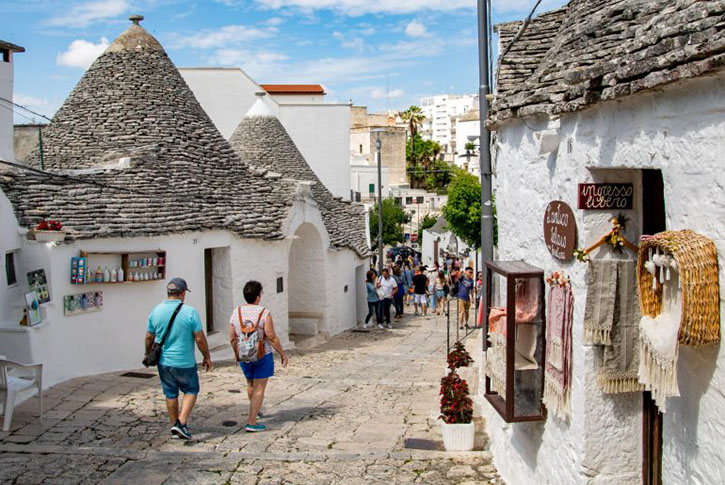
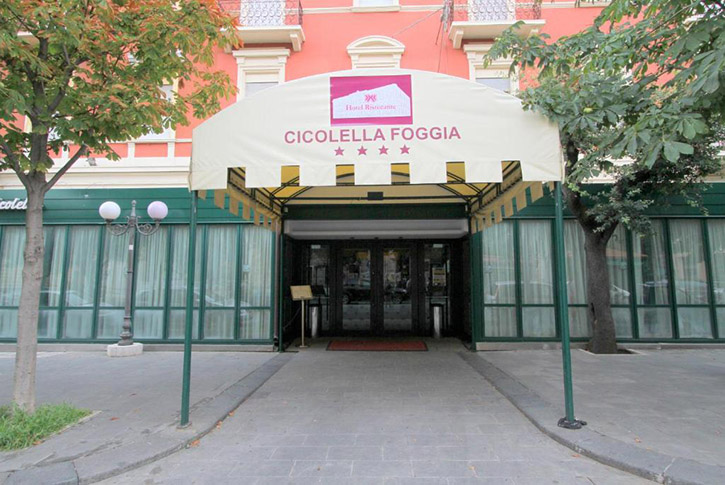
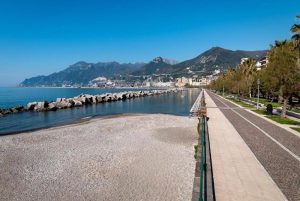
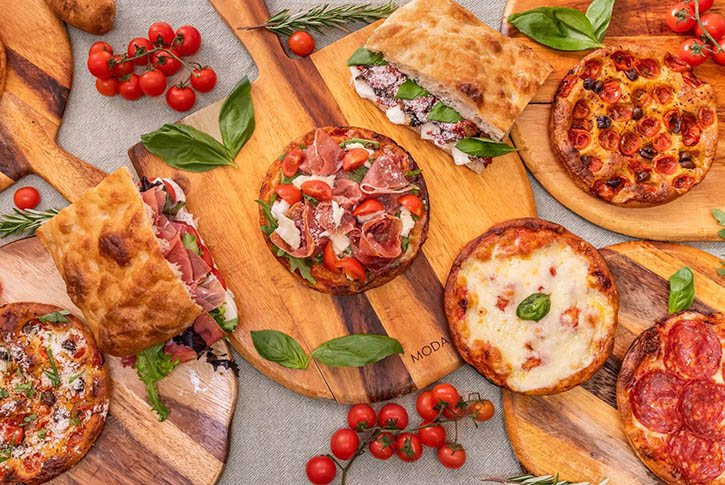
+ There are no comments
Add yours